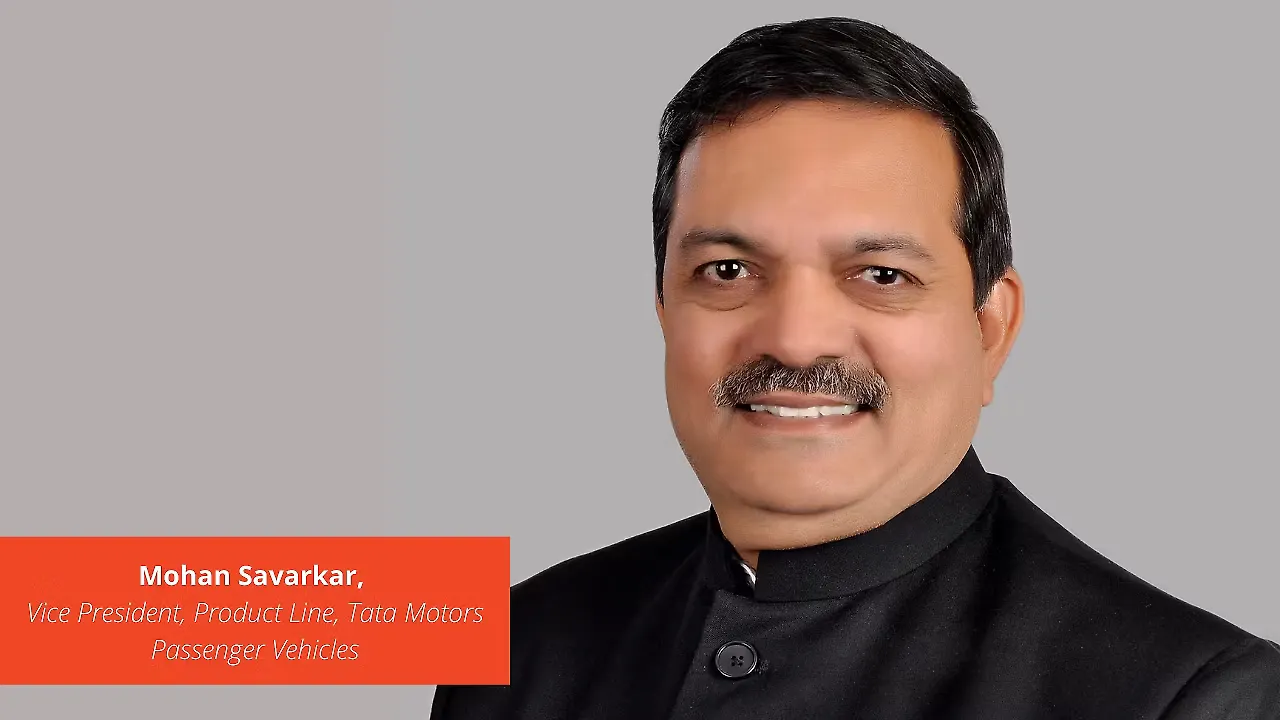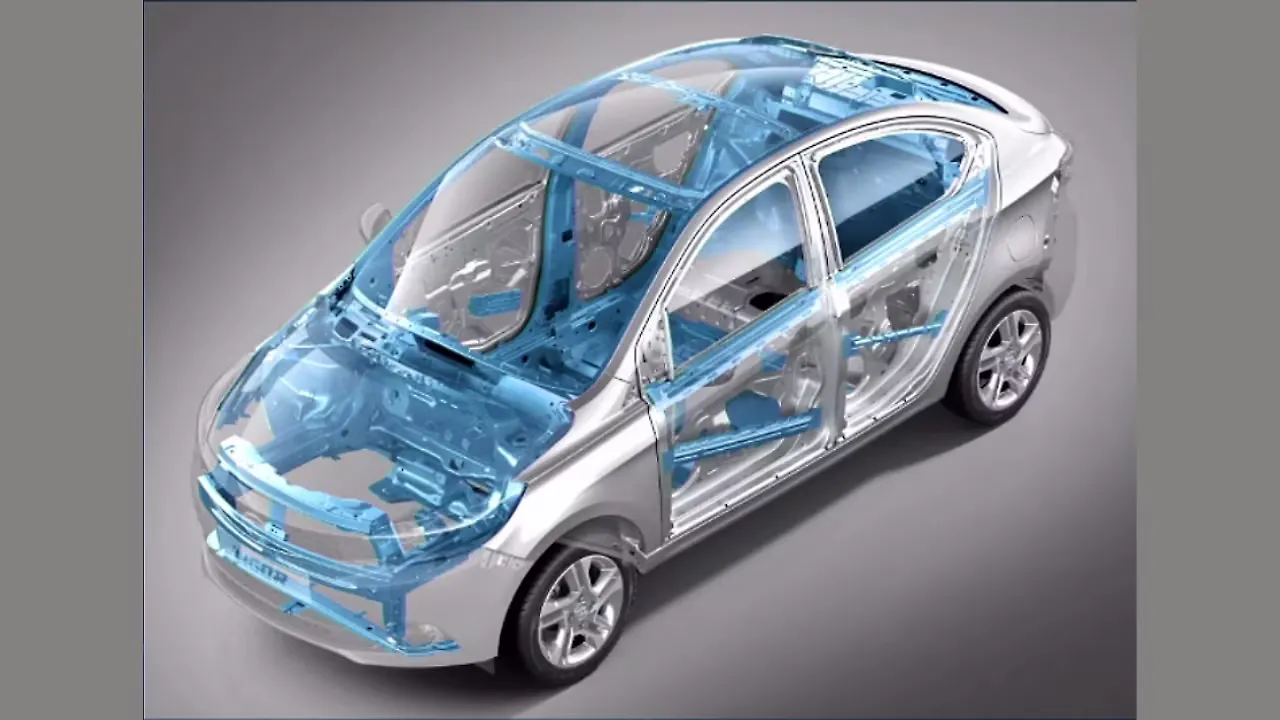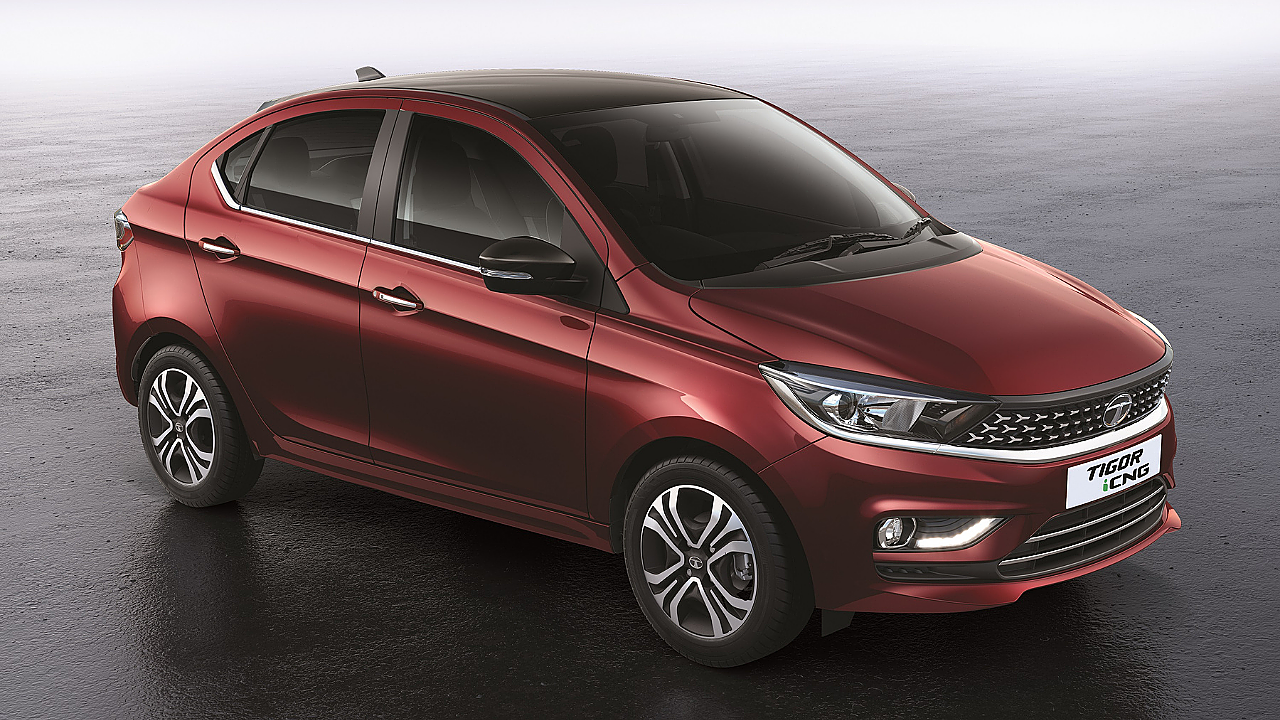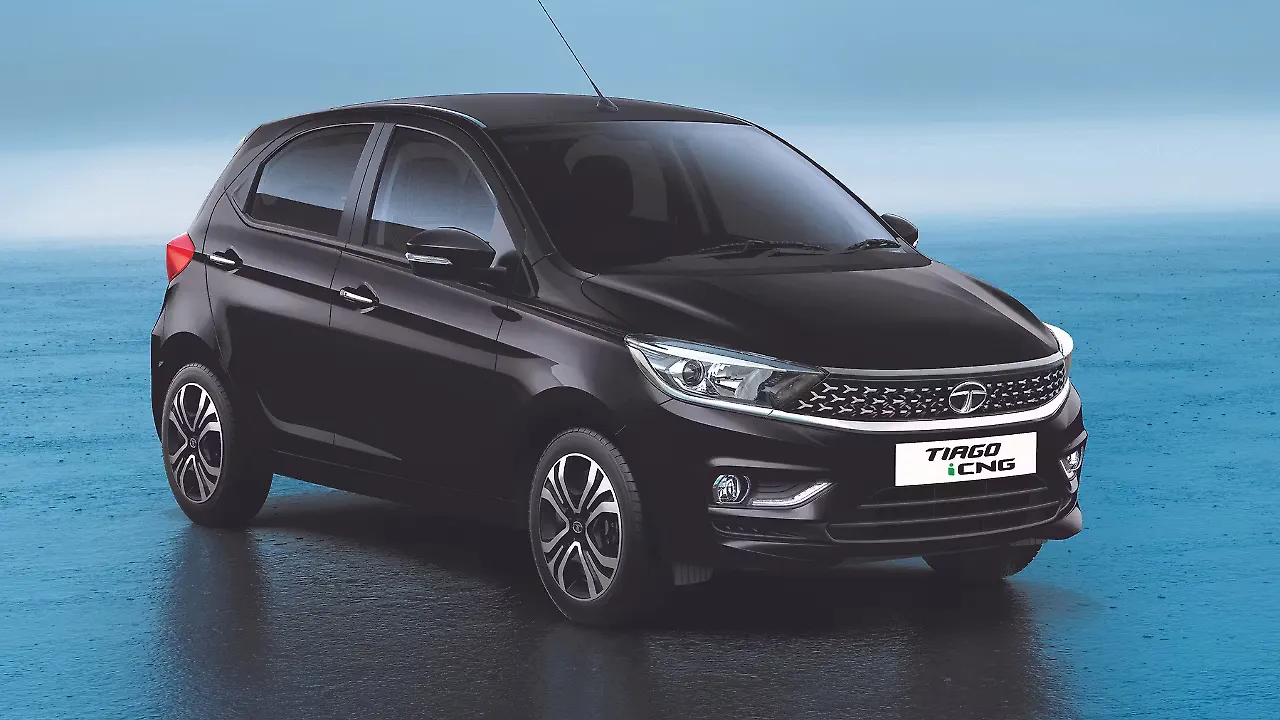
Mohan Savarkar is innovative (one Patent and one Copyright) profit-oriented with demonstrated success in improving EBIT, contribution margins, achieving cost reductions, improving sales. He is adept in bringing attractive products and technology to customers. Has a reputation as a change agent with expertise in managing large and complex company-wide re-organisations and turnaround initiatives even in ‘matrix reporting’ or ‘no direct reporting’ environments.
The Revetron engine powering the iCNG variant has been tweaked to offer almost the same torque levels of its petrol variant, despite being 100 kg more in kerb weight. How have you achieved it?
Generally speaking, in the CNG mode, the maximum torque we could get is 95 Nm during the tests, while in the petrol model, it is approximately 113 Nm. So, it's not that there is no gap; there will be, and that is unavoidable. From that point of view, any CNG car, as compared to a petrol car, will not be able to match the performance because of so many things related to CNG itself.
However, we have controlled and minimised the drop in our cars compared to the competition. We managed the additional kerb weight by optimising gear ratios. We had to tweak gear ratios to allow the torque at wheels to be about the same as the petrol car.
Is this because you have the fuel economy advantage to maintain the torque levels?
Yes. We managed through a process combining both hardware and software.
How were you able to manage additional weight, while maintaining similar ground clearance of petrol vehicles?
We have tweaked the suspension as well to maintain the ground clearance.

You have been pulled apart in different directions to achieve optimised suspension as the weight of the CNG cylinder is towards the rear axle. How did you manage the suspension as it should be soft if the vehicle is primarily for city drive?
We had to tweak the suspension because of the additional weight, especially on the rear end. We even had to strengthen it, and play around with the stiffness and work on the shock absorbers so that the ride quality was not changed. So ultimately, it is an optimisation exercise; it took a long time, but it had to be done, so that customer sitting in the car doesn't really feel any difference if switched from petrol car to iCNG car or vice versa. A lot of, let's say, intelligent engineering has helped to achieve these objectives.
How did you manage body roll with the CNG cylinder towards the rear axle?
We are fortunate that the CNG tank is relatively low in the car, helping us achieve a lower centre of gravity. So, it helped; but we had to tweak the suspension and all the parts connecting it besides strengthening them so that the resultant roll and other things are still within the parameters and the customer is not feeling uneasiness.
What are the advantages of the auto switchover and the direct start with CNG?
Our team worked on a single ECU that manages petrol and CNG fuels. With this, it was effortless to sense which fuel was on and tweak parameters so that we could start the engine and run the car in whichever fuel it was in. It is not necessary to start in petrol and switch it back to CNG and so on. Depending on whichever fuel we are in, we can still make the car start. This gives peace of mind to the customers.
When you have these options, why have you still maintained the petrol tank capacity to 35L? Wouldn’t it help you reduce the overall weight or probably package it better?
Indeed, this is something that will be in our consideration over a period of time. Once customers get more familiar, get used to and more comfortable with the availability of CNC, it will be fine. However, till that time, there will be a worry in people's minds about the availability of CNG. By having 35 litres of petrol, they get that extra peace of mind.
Do you see this giving the benefit of standardisation till you achieve it?
Yes. The line does not have too much complexity. When a CNG car comes in, we add the relevant parts and keep the petrol parts as they are.

Some companies have developed toroidal tanks to accommodate LPG to optimise boot space. Is Tata Motors working on something similar?
The pressures levels of CNG and the fuel itself make it difficult with toroidal tanks. Can it not be done at all? Well, maybe it can be, but let's say the current level of expertise available in our vendor base and what is acceptable to those who certify vehicles – everyone is more comfortable with the current type of cylinder. Over a period of time, other types of cylinders will also come in. As and when that comes, we will be open to that idea.
CNC burns hotter than petrol and therefore calls for better lubricants and thermal management from the engine point of view. Can you help me understand how you have managed these issues?
CNG burns hotter than petrol, and the parts affected by this are the valve seats and the valves. So, the material used for these parts needs to be different from the ones used for petrol. Moreover, as CNG is more corrosive, the material used must be suitable. So, that is the change that we had to make in our engine architecture.
The lubrication also plays a tricky part and has to be managed. However, our engineering team has ensured that we could still manage with the CNG with some tweaks in the way it is lubricated.

Was any special kind of lubricant used?
The lubricants that we have been using have served this purpose. We do not have to change. Our team could manage in such a way that the existing lubricants are suitable. However, we need to cool the engine better while running on CNG. So the bi-fuel engine has a cooling system suitably tweaked, especially the operation of the cooling fan and the temperature of the water.
What are the changes made to the BIW of iCNG cars?
The BIW of the iCNG car is not the same as we brought in changes mainly in terms of reinforcements to the floor on the rear end to take care of the additional weight.
What is the mileage that can be expected out of iCNG cars?
Our CNG cars have a range is 300 km per charge.

What kind of changes have you witnessed when you are replacing petrol and diesel with this CNG in the assembly line concerning TAKT time?
By assembling iCNG cars, we are adding more parts. As we cannot alter the TAKT time, we have increased the work content. If we need some extra minutes for additional work content, it is necessary to spread it out in the line so that the TAKT time is not affected.
Do you see the iCNG giving extended life to internal combustion technology in future because you can play around with containing emissions and cater to the carbon-neutral objectives?
If the question is will it solve the problem fully? It doesn't. Is it a step in the right direction? Yes. So to that extent, we get some gains. But then, ultimately, for the CO2 targets, there may be many solutions required beyond CNG also.